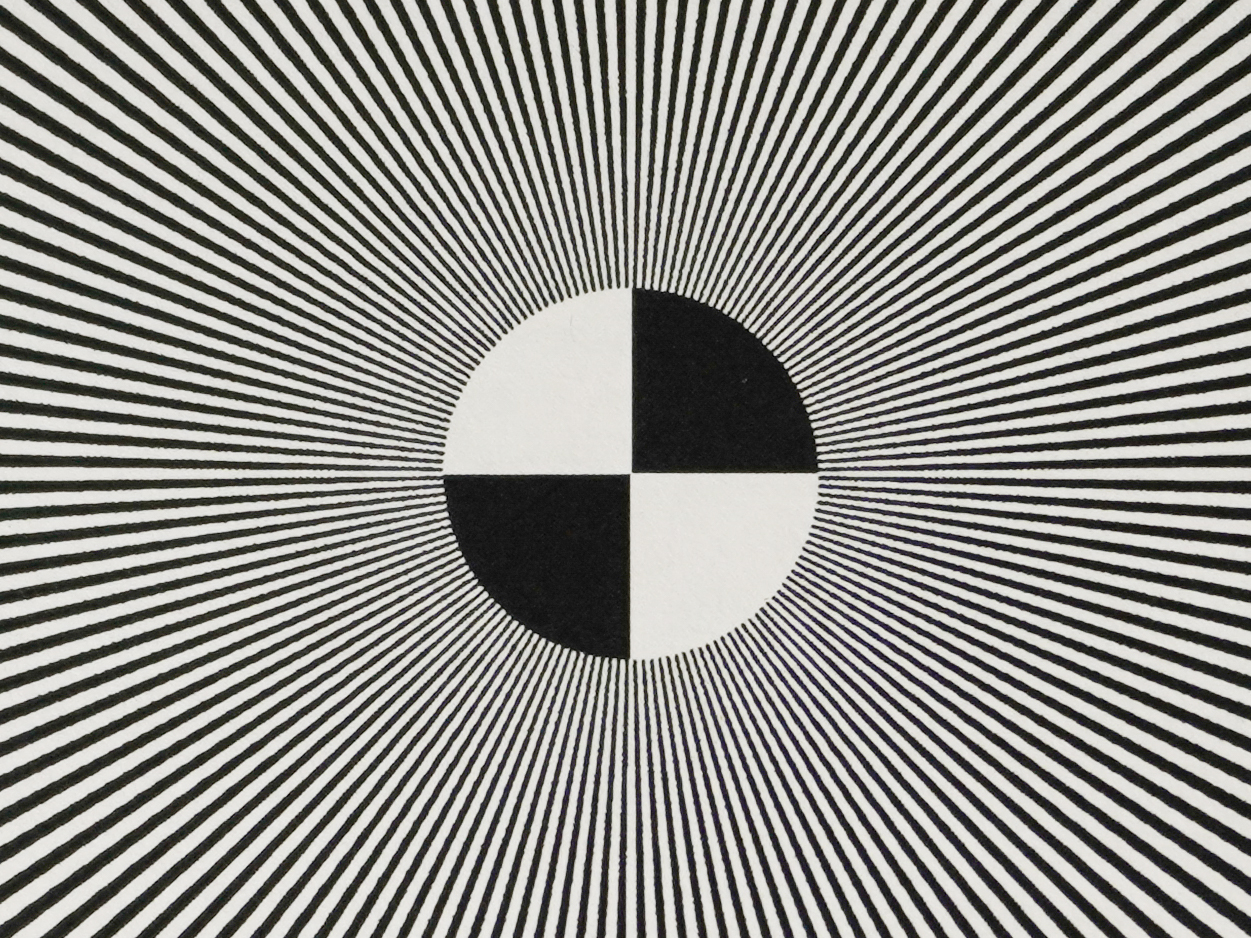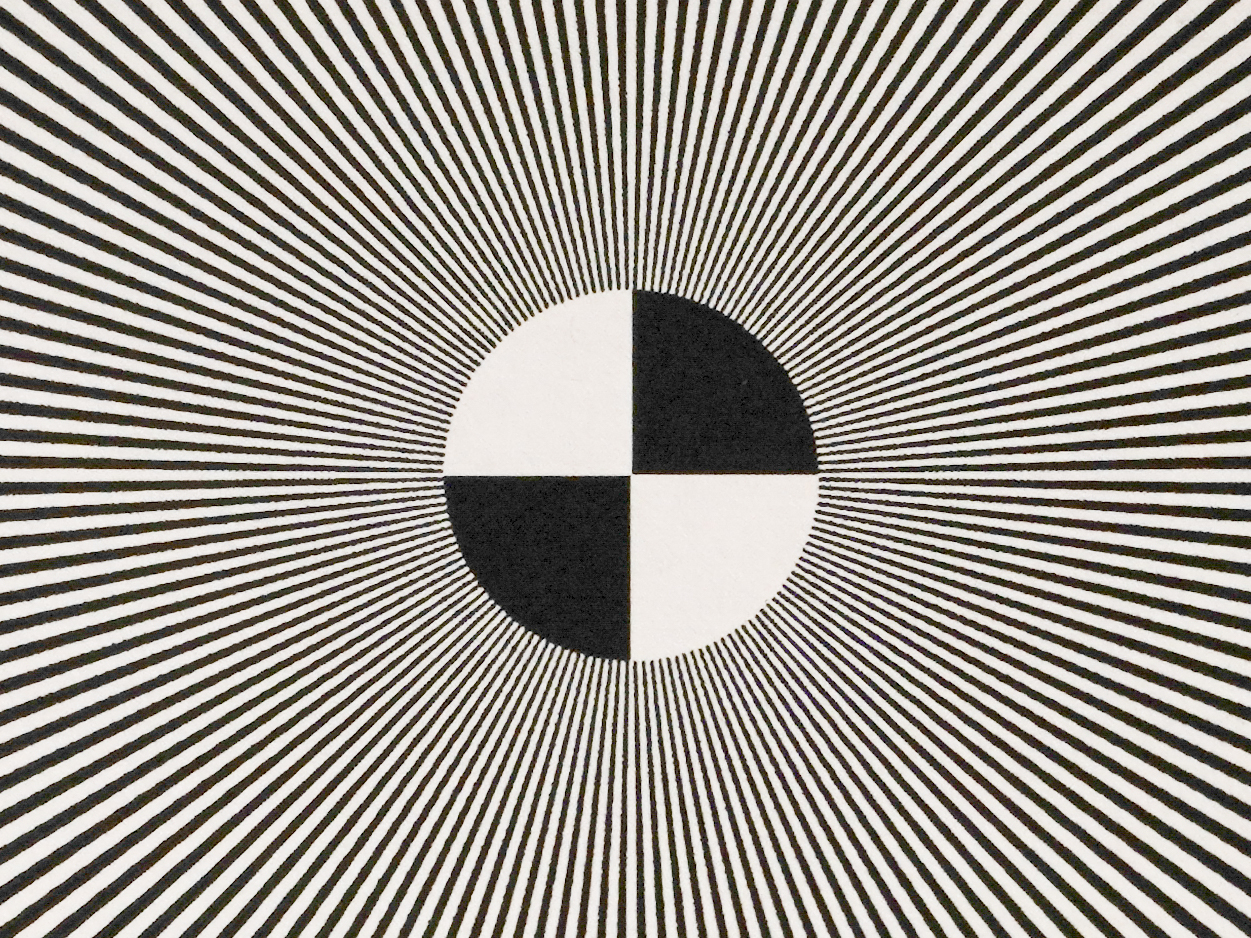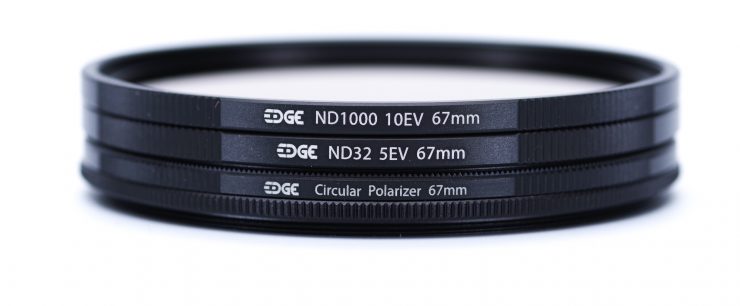Filters are an important part of photography. In particular, polarizing filters and neutral density filters provide effects and results hard to obtain via post-processing. There are many well-known suppliers of quality photography filters. Some are less famous but still manage to offer excellent products, sometimes at a slightly lower price. One such company is Irix.

Better known for its lenses, Irix offers ultra-wide and macro lenses for photographers, as well as cine versions of those lenses. The company also offers a series of filters, some specific to their cine lenses, and some general-purpose.
Even though I have some experience with most of Irix’s photo lenses, I had almost never heard about their filters so I was glad for the opportunity to test them. For this test, I used the company’s circular polarizer (CPL) and two of their neutral density filters (ND 32 and ND 1000, for 5 and 10 stops of attenuation, respectively). All were 67mm but of course other diameters are available. The company uses the “Edge” branding for its filters.

The packaging is surprisingly nice. The boxes are robust, and the foam offers excellent protection for the filters.

One drawback is that the labeling wraps around the case and must be removed to open it. If you have several cases, it will be difficult to identify your filters unless you write on the case. The second drawback is that these cases are rather large, not ideal to carry in the field.
The filters are very well made. As is the trend with filters released in recent years, they are thin, a significant advantage when using wider lenses (to avoid vignetting). The branding and the type of filters are engraved, a more durable approach than simple prints. The filters offer smooth and textured sections; this makes them very easy to attach and remove. These little elements are rarely taken into account when selecting a filter but can make it more enjoyable in use.
Controlled Tests
Of course, a filter can be well made but deliver poor optical performances. Crippling resolution or creating color casts are the main two flaws of subpar filters. To evaluate Irix’s filters, I used a standard, detailed target. I took a picture without any filter to get a baseline, then took the same picture with each of the three filters under test.
The following images show the results for each filter. They are center crops from larger images.
ND32


The Irix Edge ND 32 5-stops neutral density had no visible effect on sharpness. It is impossible to tell the two images apart. The filter also does not create any visible color cast.
ND1000


The Irix ND 1000 10-stops neutral density filter performs just as well, having no effect on sharpness. There is a very subtle yellow color cast, very hard to spot and likely with no effect on real-life photography. Without a comparison point, this cast will be almost impossible to spot, and can be corrected with auto-white balance or in post.
CPL


The Irix circular polarizer also has no effect on resolution. It does create a visible warm cast. This is not uncommon for polarizers, and easy to correct via post-processing if bothersome. Still, something to be aware of. Note that in actual shooting situations, I never noticed this cast, it is not dramatic enough.
In Use
Looking at test charts is never as fun as going out for an actual photo outing.

The filters’ excellent build quality make them easy to use in the field. In particular, the knurled edges make it easier to manipulate them.
Their thin profiles are beneficial when used with wider angle lenses, especially when stacking filters.
ND32 ND32 and CPL
The polarizer’s rotating element operates smoothly, without undue friction. On the other hand, it stays in place once set. In short, it operates as it should.
Stacking the filters is of course easy. While some people like to use variable ND filters (essentially stacked polarizers), there are drawbacks to this, mainly the risk of an “X” pattern and the permanent presence of a polarizer. Using separate, stacked ND filters bypasses this risk.
Value

Irix filters are priced fairly. For instance, their CPLs costs around $70, while competing products from brands like PolarPro are priced at $120. A Moment CPL will cost $65.
An Irix ND1000 filter costs $80, comparing well to PolarPro’s $160.
Conclusion

I was happy with the opportunity to test Irix’s filters. They are well made, optically excellent and fairly priced.
The filters have no effect on sharpness, and little effect on color (the CPL creates a subtle warm cast). The filters themselves are well made, with nice knurled edges and a thin profile.
The Irix filters are worthy of consideration for anyone looking for high-quality filters without breaking the bank!
In the United States, Irix filters are regularly stocked by Adorama, and most of the Amazon listings ship from Adorama. B&H now regularly stocks them as well.







